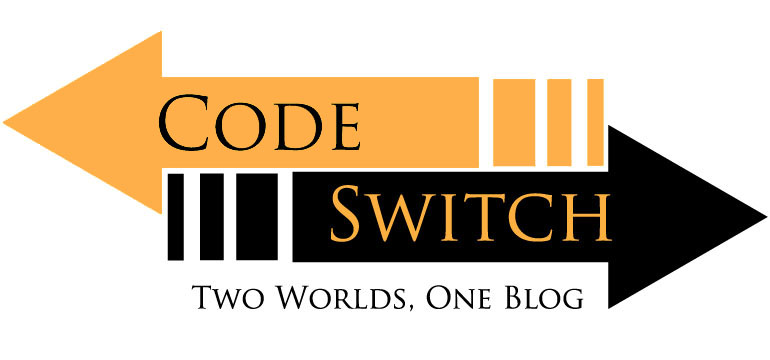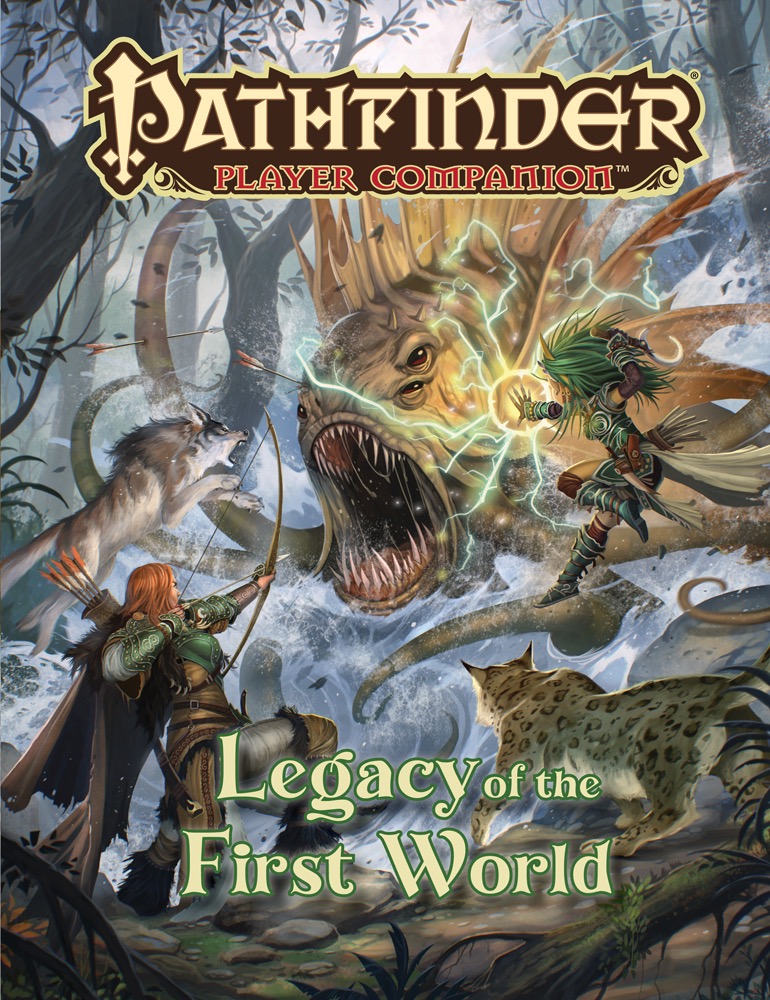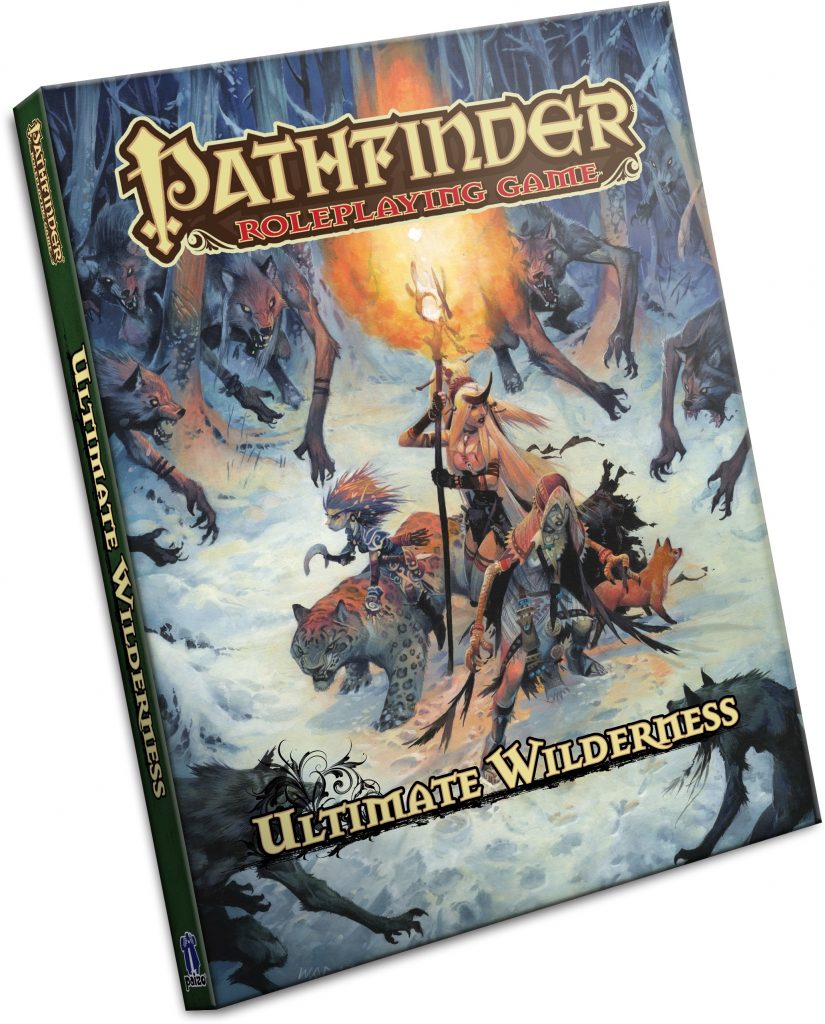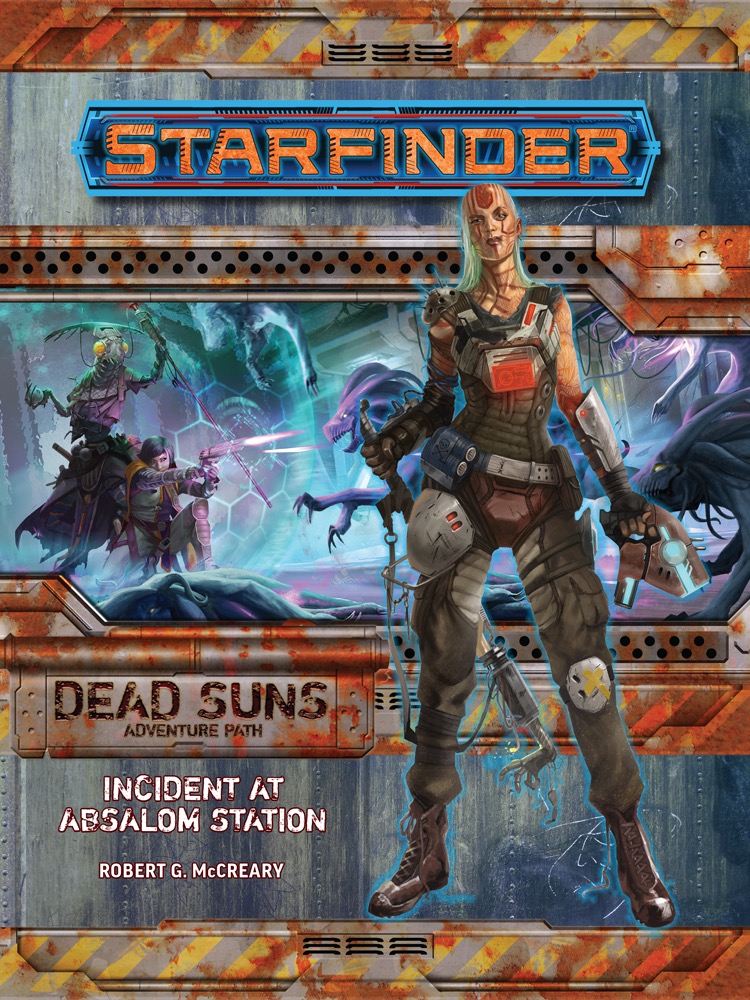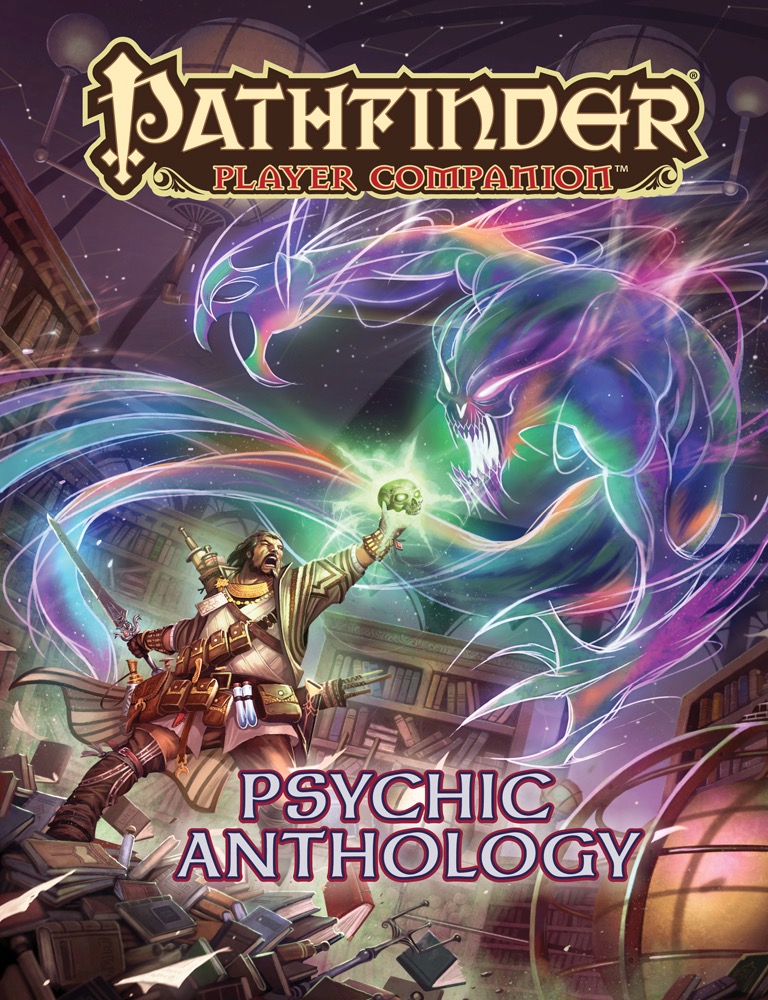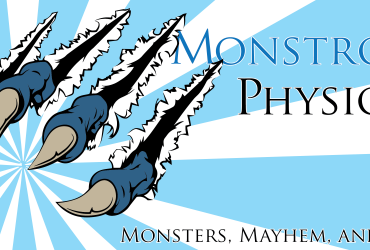Hi, my name is James and welcome to Code/Switch. To start of 2018, I wanted to do something a little different. I was inspired by the game site Polygons way of doing the typical “Game of the Year” schpeal. Their way of going about it is their bloggers just talk about their favorite games of 2017, not trying to vote on what game is overall “best”. I like avoiding that exercise in futility and this gives me a chance to pump what I think of Pathfinder products, as my home is on Know Direction: Beyond, not vanilla KD. The following list is arranged no particular order and just reflects what I thought were the best products from 2017 that I bought in 2017. Notably missing is the Starfinder Core Rulebook. I felt it was cheating because it introduced a whole new game, so of course it’d be on here. Just imagine an A1 where I mention the Starfinder Core Rulebook then refer to our KD: B episode about it for further detail.
-
PFS 9-07 Salvation of the Sages
While this list is written in no particular order, Salvation of the Sages is definitely my favorite Paizo product I bought in 2017. Standalone this scenario is a mechanical masterpiece, having half a dozen measures of success being navigated through the scenario. As the conclusion of the current Scarab Sages faction its masterful, bringing in heroes and villains that Society players will cheer and jeer at throughout. Make no mistake, this is a hard scenario for big adventurers and GMs, give this 5-6 hours to properly take it in. This will test your GM’s ability to prep, and your party’s ability to cover all 3 phases of the game; skills, combat, and social encounters. I want to take more about it, but don’t want to gush spoilers. Just, please tap its product page, buy it, read it, play it and leave the 5 star review that it deserves on its store page.
-
Pathfinder Player Companion: Legacy of the First World
Legacy of the First World offers a wide variety of “wait, what?” options that are sure to entertain other players and your GM alike. Choices like the “Three”-line of spells and items like the Rod of the Thriceborn have been a blast to use. This book also holds one of my most-wished for archetypes, the Chronomancer. It isn’t alone either; the Twinned Summoner, Seducer Witch, and the Ankou’s Shadow archetype for the slayer are amazingly creative and fun. Best of all, almost everything from this book is Pathfinder Society Legal, a big plus.
-
Pathfinder Ultimate Wilderness
Woah. This book is filled with content, from front to back. Nethys tells me it has 52 archetypes, 52! These aren’t just for the Shifter or other nature-y classes either. Bards, investigators, alchemists, brawlers, and many others all get a chunk of this crunch. The Kineticist gets a formal hardcover that condenses their gains from the player companions from the last year with additional material, like the Terrakineticist whose element changes based on her environment. The Leshy, Galthian, and Ghoran races are all fleshed out beautifully with great art and insightful fluff, also updated Alternate Favored Class Bonuses. Ultimate Wilderness’s exploration and weather systems are awesome, and if you’re running an exploration based game like Kingmaker, you should take time to read this book to see what you can adopt from the Ultimate Campaign system. Lastly, the Shifter gets a lot of flack, it’s not perfect, but I like it. I’m always for an option that simplifies a concept. I liked druid shape shifting, but with magic being stacked on it, I get lost in the flow. The laser focus on that animal focus concept I think provides newer players and lazier players like me an easier in to polymorphing.
-
Starfinder Adventure Path: Incident on Absalom Station (Dead Suns)
I’ve heard numerous complaints that the shortened page count of Starfinder AP’s compared to Pathfinders is a bad thing. After 4 books of Skulls and Shackles, I’m happy that the books are shorter. Yes, this AP looks to be shorter than traditional Pathfinder APs, but its also more direct than other APs. You’re given a definite goal, it almost reads like a Pathfinder Society Module rather than an AP, and I love this. Incident at Absalom Station provides memorable encounters and fights without leaving you felt led along. A lot of things in the older Pathfinder APs felt like they were there to ensure players earned their wealth and xp, but in the current trend of benchmark advancement, this need to tabulate everything feels antiquated. In Incident on Absalom Station there’s no fighting a wayard android in a basement detached from the plot just to ensure you hit the XP benchmark for your level.
-
Pathfinder Player Companion: Psychic Anthology
Psychic Anthology saved the Occult classes. It’s a bold claim, but not without merit. This crunch-heavy companion has archetypes for every occult class except the Psychic. It adds 31 Wild Talents for the Kineticist, 12 implement focus powers for the Occultist, along with a host of feats and occult-class focused items. Psychic not getting any new archetypes or disciplines is offset by getting a handful of new spells that improve its kit greatly. The base Psychic has very few high level damage spells that aren’t mind effecting, and very few “save-for-partial”. Lacking those, low levels psychics either won a fight in amazing fashion or ended up useless.

